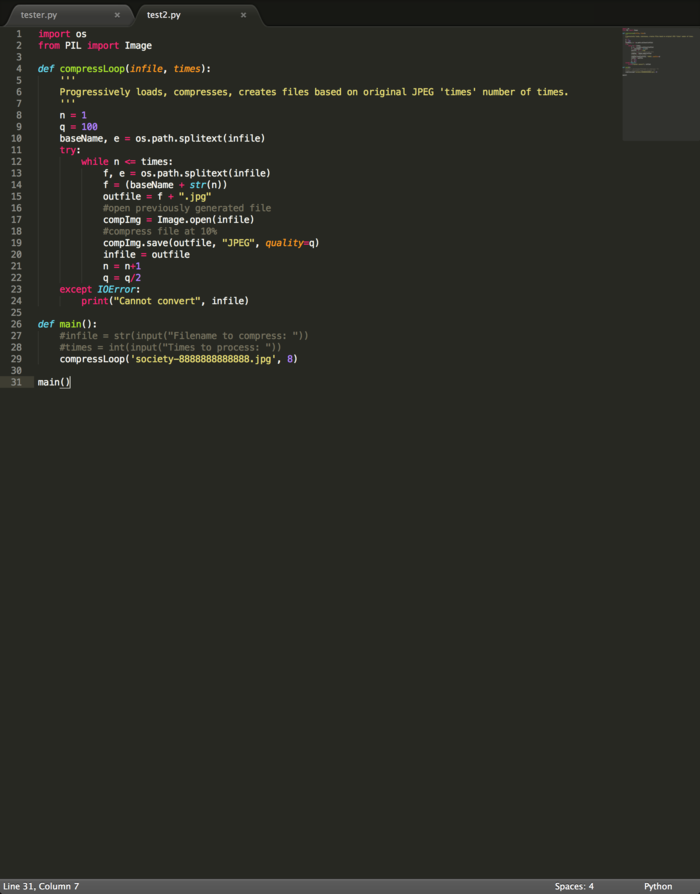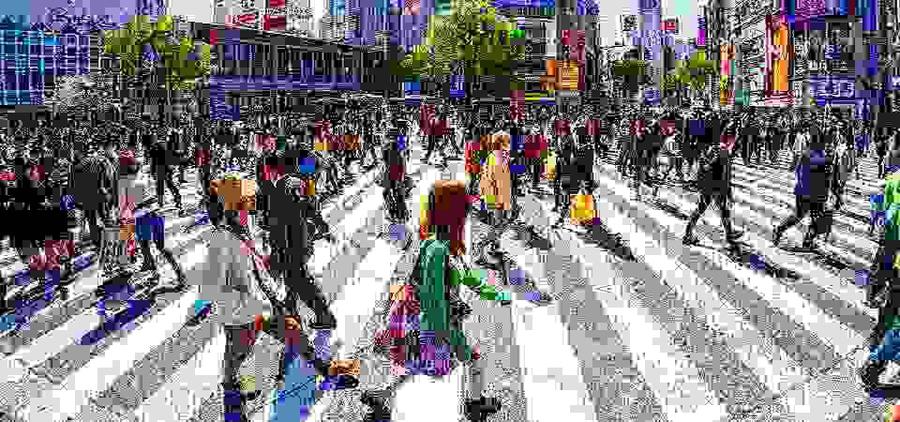Difference between revisions of "User:SuzanneGuitjens/Mind of the machine"
| Line 35: | Line 35: | ||
<br/><br/> | <br/><br/> | ||
By putting the image into the algorithm we hope to get a picture which roughly shows what is the most important characteristic of the earth, what we find most important when we make an image of the earth. | By putting the image into the algorithm we hope to get a picture which roughly shows what is the most important characteristic of the earth, what we find most important when we make an image of the earth. | ||
| + | |||
| + | ==DEVELOPMENT== | ||
| + | <span style='width:40em;display:block;'> | ||
| + | Early on ln the project we picked the subject of compression to work around. | ||
| + | <br/><br/> | ||
| + | We looked into a few different kinds of compression, the history of compression and the relationship between compression and our project. | ||
| + | <br/><br/> | ||
| + | When computers, personal computers in particular, were upcoming compression was very needed. Data wasn’t usable because files were to big and computers to “slow”. Files needed to be smaller for the computer, but had to remain the same quality for humans. For example audio files had to be smaller, but still had to sound good. Images had to contain less data, but still had to look good. | ||
| + | Algorithms were created to do exactly this. | ||
| + | <br/><br/> | ||
| + | ---- | ||
| + | <br/><br/><br/> | ||
| + | [[File:Quadtree-Tharim2.png|1000px]] | ||
| + | |||
| + | QUADTREE ENCODING | ||
| + | <span style='width:40em;display:block;'> | ||
| + | Quadtree encoding is a compression method which is used in JPEG compression and is based around a fairly simple concept in which the computer doesn't need to save the information for all the pixels in a image. It keeps dividing the picture into sections which have more or less the same color. The computer just has to remember how many times and where he split up the picture. | ||
| + | <br/><br/> | ||
| + | Above you can see two images which have been compressed with a quadtree system. The one on the left has been to told to split up fewer times than the one on the right so you can see the different sections in which the computer divides the image. | ||
| + | |||
| + | <br/><br/><br/><br/> | ||
| + | [[File:Aud.jpg|1000px]] | ||
| + | <br/><br/> | ||
| + | IMAGE TO AUDIO, AUDIO TO IMAGE | ||
| + | <span style='width:40em;display:block;'> | ||
| + | We experimented with using the “wrong” kind of compression. For example how would a .jpg file sound like. We took a picture of three dices and saved it as a .raw file in photoshop and then opened it in Audacity. Audacity is an open source DAW (digital audio workplace). The file would just sound like noise, but what was more interesting was using audio effects on raw data and then opening it in photoshop again. This way you can visualise the audio effects and how they alter the image (see some of the results above). | ||
| + | <br/><br/> | ||
| + | [[File:Aud4-Tharim.jpg|500px]] | ||
| + | <br/> | ||
| + | [https://soundcloud.com/tharim-cornelisse/shbeatlespic| Beatles in Beatles] | ||
| + | <br/><br/> | ||
| + | You can also use this technique the other way around. Converting an audio file to a .raw file and editing the raw file in photoshop. You can play with opacity, gradient or hide images in the code for the music. We hid a picture of the Beatles in a bit of their song “Strawberry fields forever”. Click the link under the image to hear what it sounds like. | ||
| + | <br/><br/> | ||
| + | |||
| + | PYTON COMPRESSION LOOP | ||
| + | <span style='width:40em;display:block;'> | ||
| + | The other compression experiment we conducted is what would happen if we would over compress image files. there were already some examples of the results on the internet. But to learn how they did it we tried it out anyway. After some testing it became apparent that is was difficult to do it in photoshop. So we had to find the other way to get the results we were aiming for. doing some research we found out that the best way to do it is to use Python. after looking learning the code how to just change and compress images we modified it to our needs. eventualy to get what we wanted we had to restart the compression loop over with the last image that was produced by the loop. | ||
| + | |||
| + | <br/><br/> | ||
| + | [[File:Pythoncode compLoop.png|700px]] | ||
| + | <br/><br/> | ||
| + | [[File:ALKENAH_COMPRESSIONLOOP.jpg|1000px]] | ||
| + | |||
| + | https://youtu.be/LA-l6mR_vp4 | ||
Revision as of 08:57, 7 December 2017
PEOPLE
Alkenah Wansing Major: Graphic Design
Suzanne Guitjens Major: Fashion
Tharim Cornelisse Major: Illustration
WORKSHOP
Results of the workshop we did with Arthur Boer and Boris Smeenk.
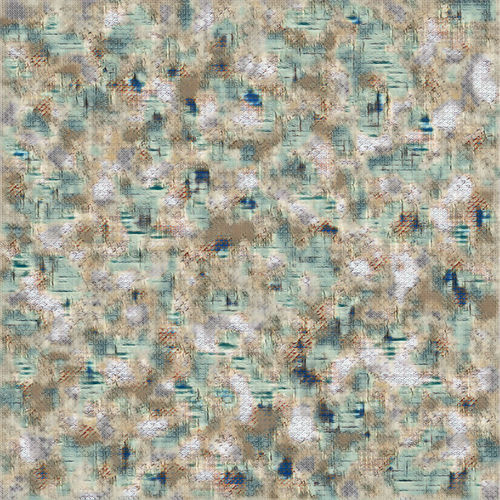 First dataset with 104 pictures.
First dataset with 104 pictures.
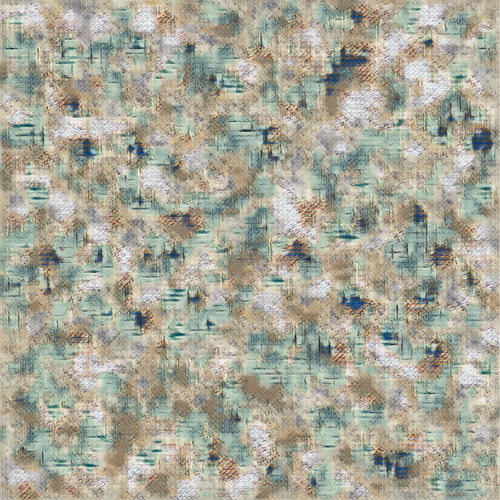 Second dataset with 464 pictures.
Second dataset with 464 pictures.
World maps are a way for humans to visualise something very important, their home.
Maps can never show the exact shape and form of the world, because of the shape of the earth and the fact that most maps can only show two dimensions, where the world has three. Through the ages world maps have changed and nowadays they are still changing. Colonialism, science and religion have all made a huge impact on how we look at the world. World maps are always made from the perception of man instead of the perception of reality. That is why world maps are deeply connected with humanity.
We collected pictures from the internet using: Google, Pixabay, Tumblr, Pinterest and Flickr.
We tried to collect as much different sorts of maps as we could. The only requirement the pictures had was that they had to depict the world. In the end we divided our pictures in three different categories: older maps, realistic maps and schematic maps.
By putting the image into the algorithm we hope to get a picture which roughly shows what is the most important characteristic of the earth, what we find most important when we make an image of the earth.
DEVELOPMENT
Early on ln the project we picked the subject of compression to work around.
We looked into a few different kinds of compression, the history of compression and the relationship between compression and our project.
When computers, personal computers in particular, were upcoming compression was very needed. Data wasn’t usable because files were to big and computers to “slow”. Files needed to be smaller for the computer, but had to remain the same quality for humans. For example audio files had to be smaller, but still had to sound good. Images had to contain less data, but still had to look good.
Algorithms were created to do exactly this.
QUADTREE ENCODING
Quadtree encoding is a compression method which is used in JPEG compression and is based around a fairly simple concept in which the computer doesn't need to save the information for all the pixels in a image. It keeps dividing the picture into sections which have more or less the same color. The computer just has to remember how many times and where he split up the picture.
Above you can see two images which have been compressed with a quadtree system. The one on the left has been to told to split up fewer times than the one on the right so you can see the different sections in which the computer divides the image.

IMAGE TO AUDIO, AUDIO TO IMAGE
We experimented with using the “wrong” kind of compression. For example how would a .jpg file sound like. We took a picture of three dices and saved it as a .raw file in photoshop and then opened it in Audacity. Audacity is an open source DAW (digital audio workplace). The file would just sound like noise, but what was more interesting was using audio effects on raw data and then opening it in photoshop again. This way you can visualise the audio effects and how they alter the image (see some of the results above).
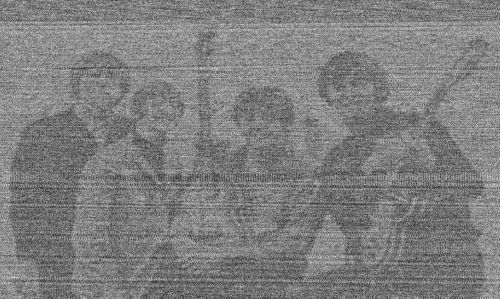
Beatles in Beatles
You can also use this technique the other way around. Converting an audio file to a .raw file and editing the raw file in photoshop. You can play with opacity, gradient or hide images in the code for the music. We hid a picture of the Beatles in a bit of their song “Strawberry fields forever”. Click the link under the image to hear what it sounds like.
PYTON COMPRESSION LOOP The other compression experiment we conducted is what would happen if we would over compress image files. there were already some examples of the results on the internet. But to learn how they did it we tried it out anyway. After some testing it became apparent that is was difficult to do it in photoshop. So we had to find the other way to get the results we were aiming for. doing some research we found out that the best way to do it is to use Python. after looking learning the code how to just change and compress images we modified it to our needs. eventualy to get what we wanted we had to restart the compression loop over with the last image that was produced by the loop.

